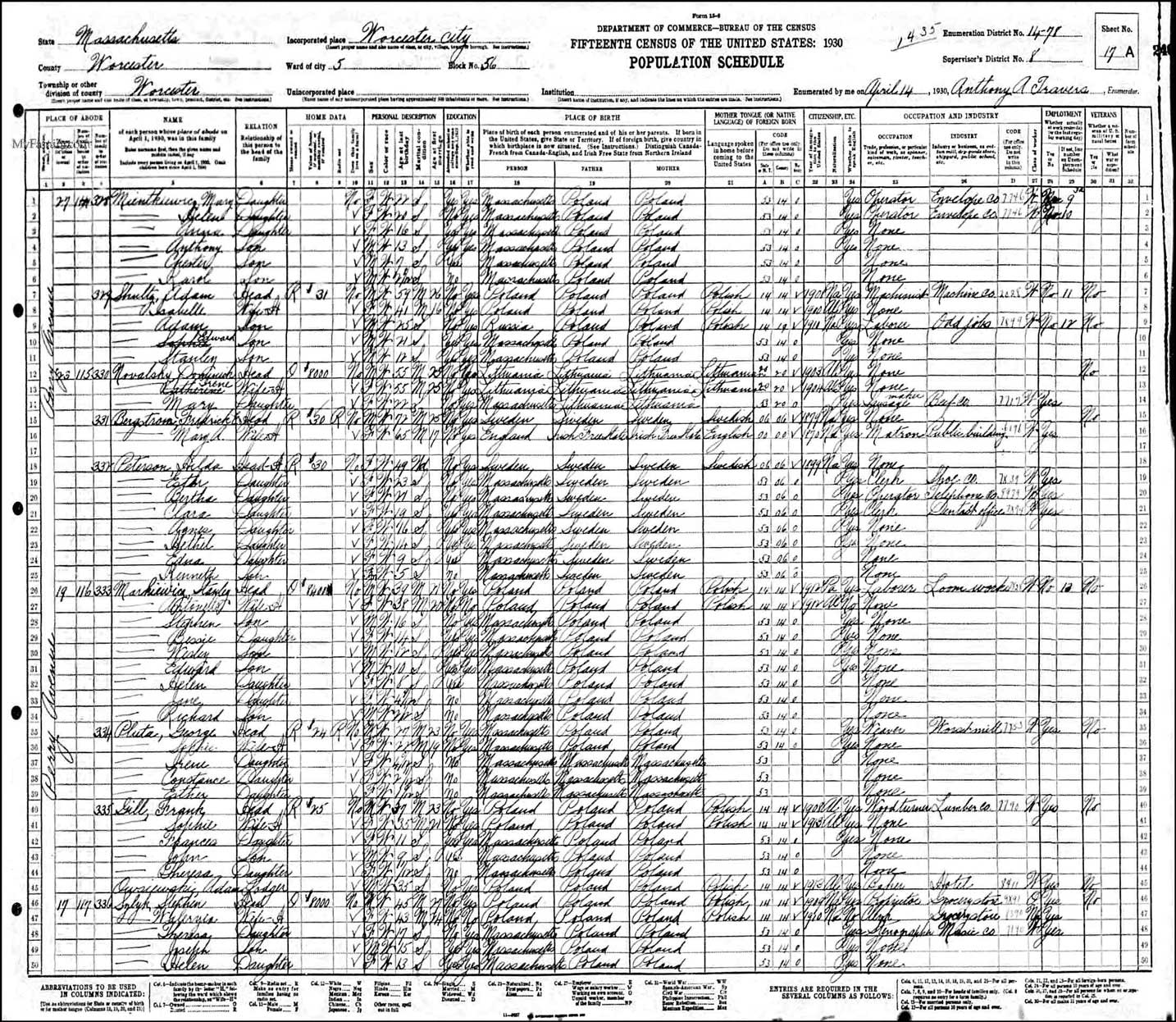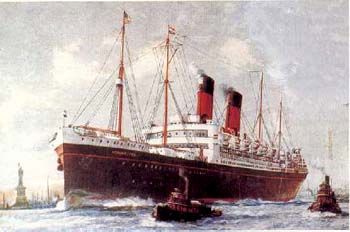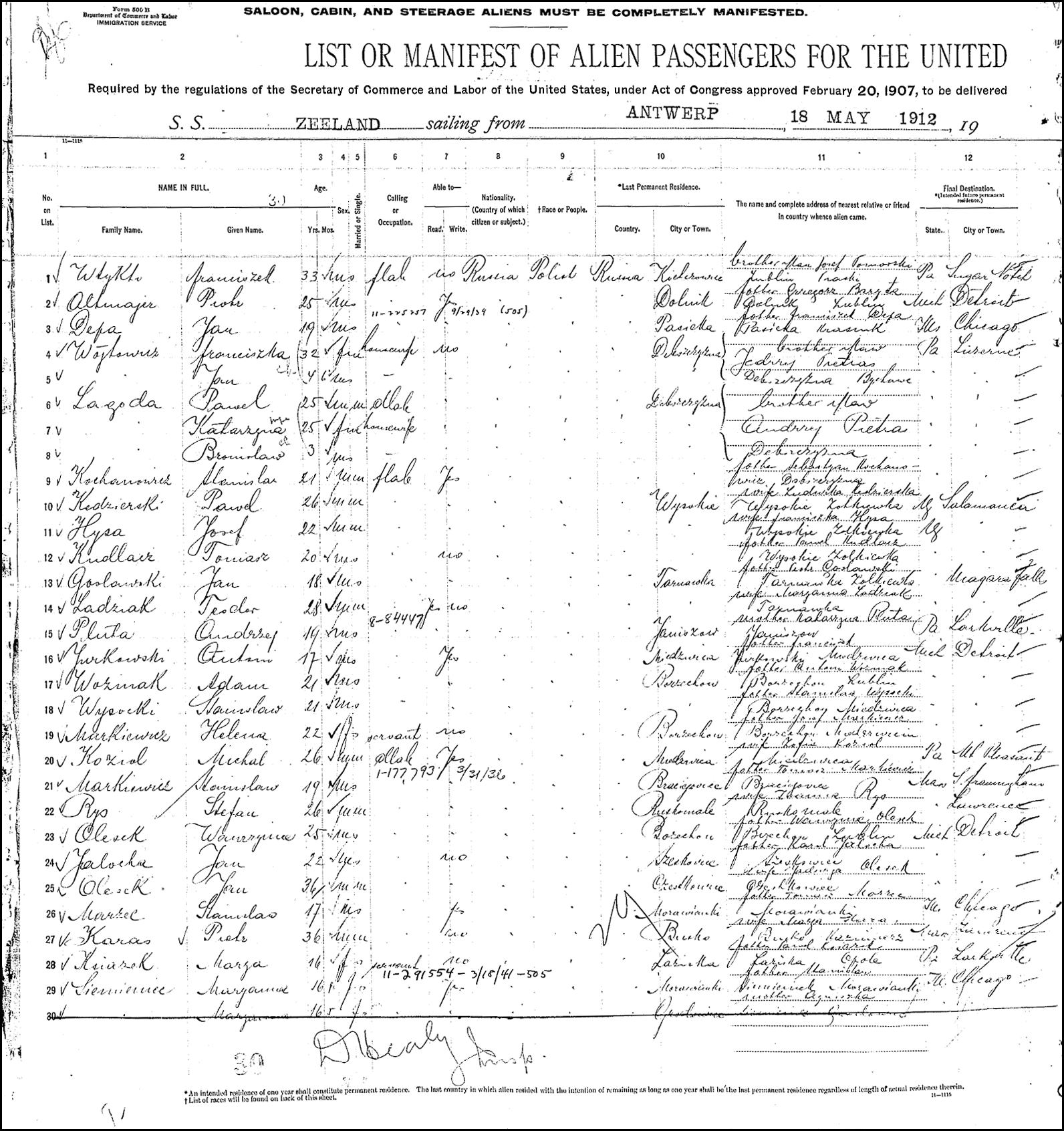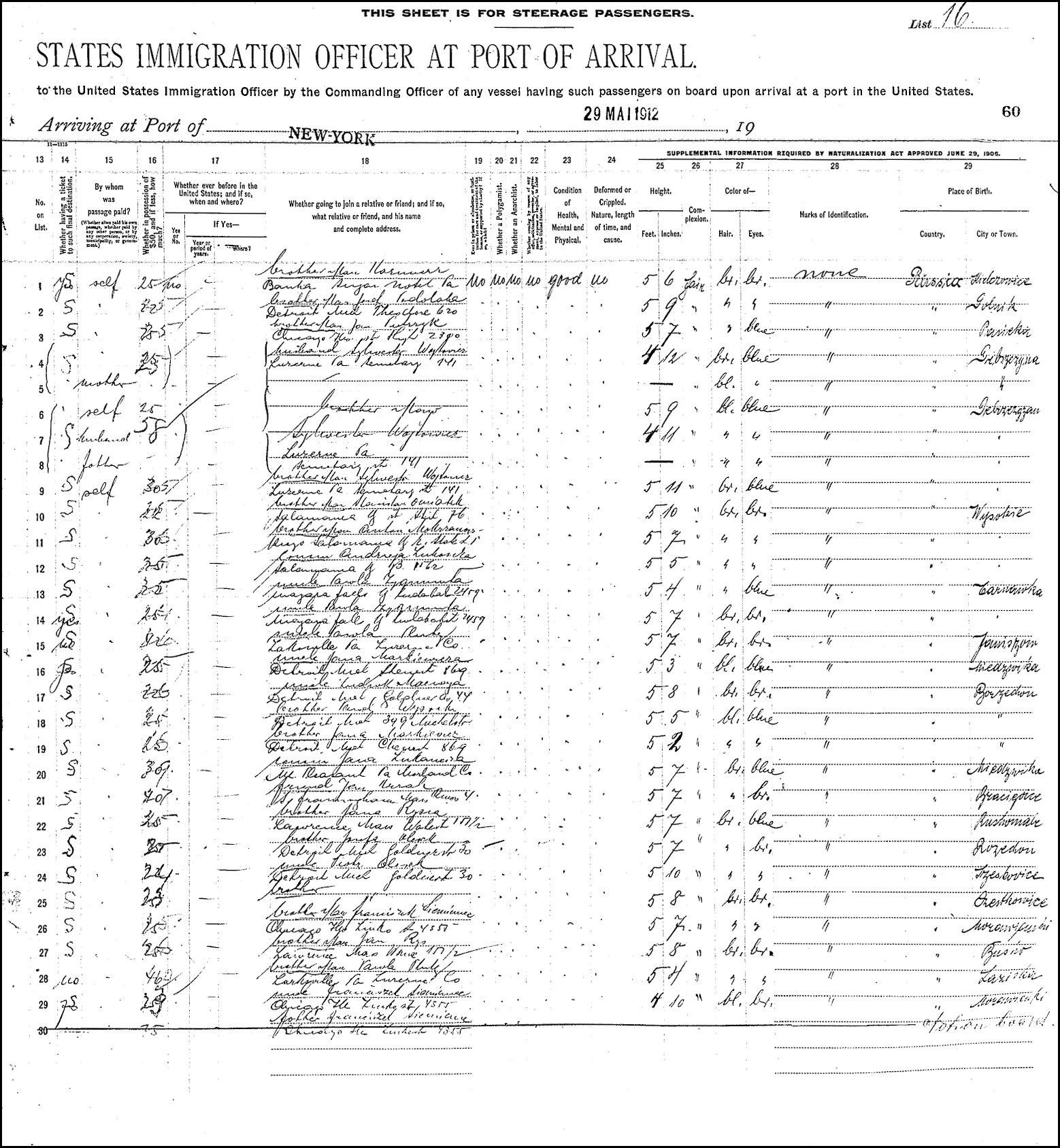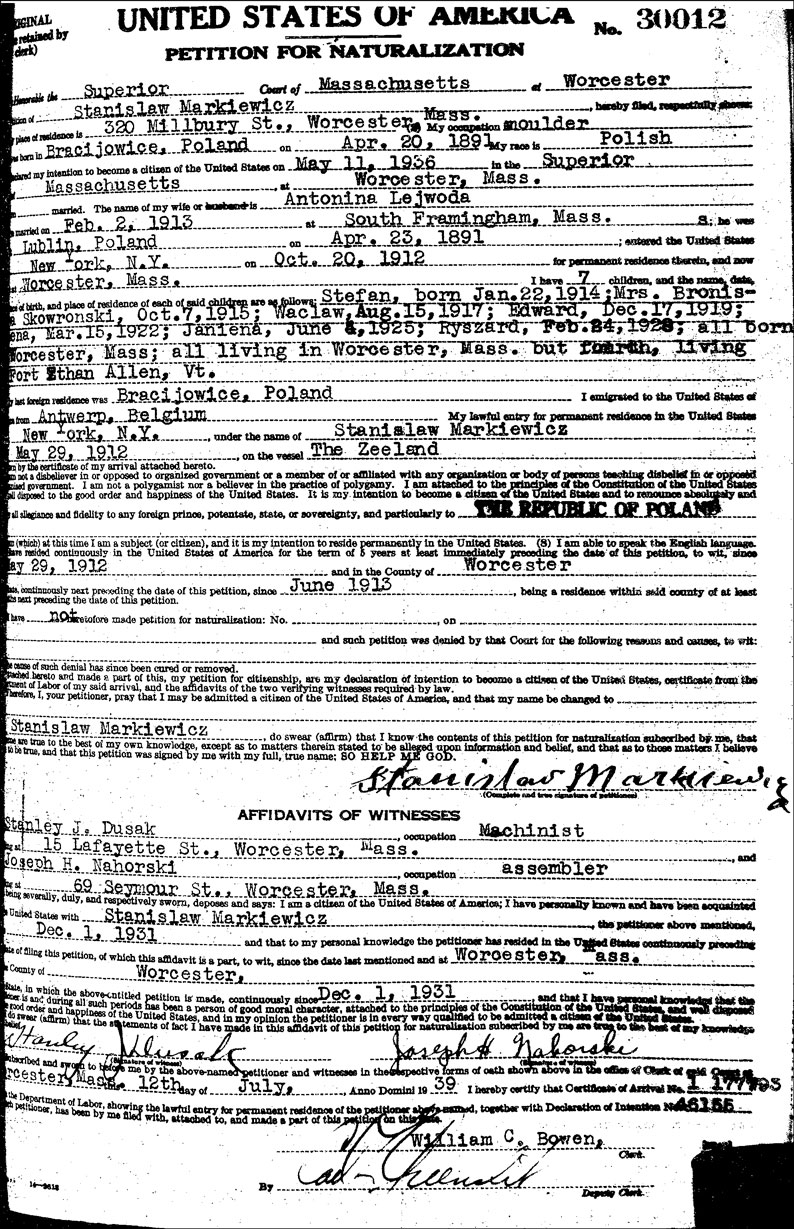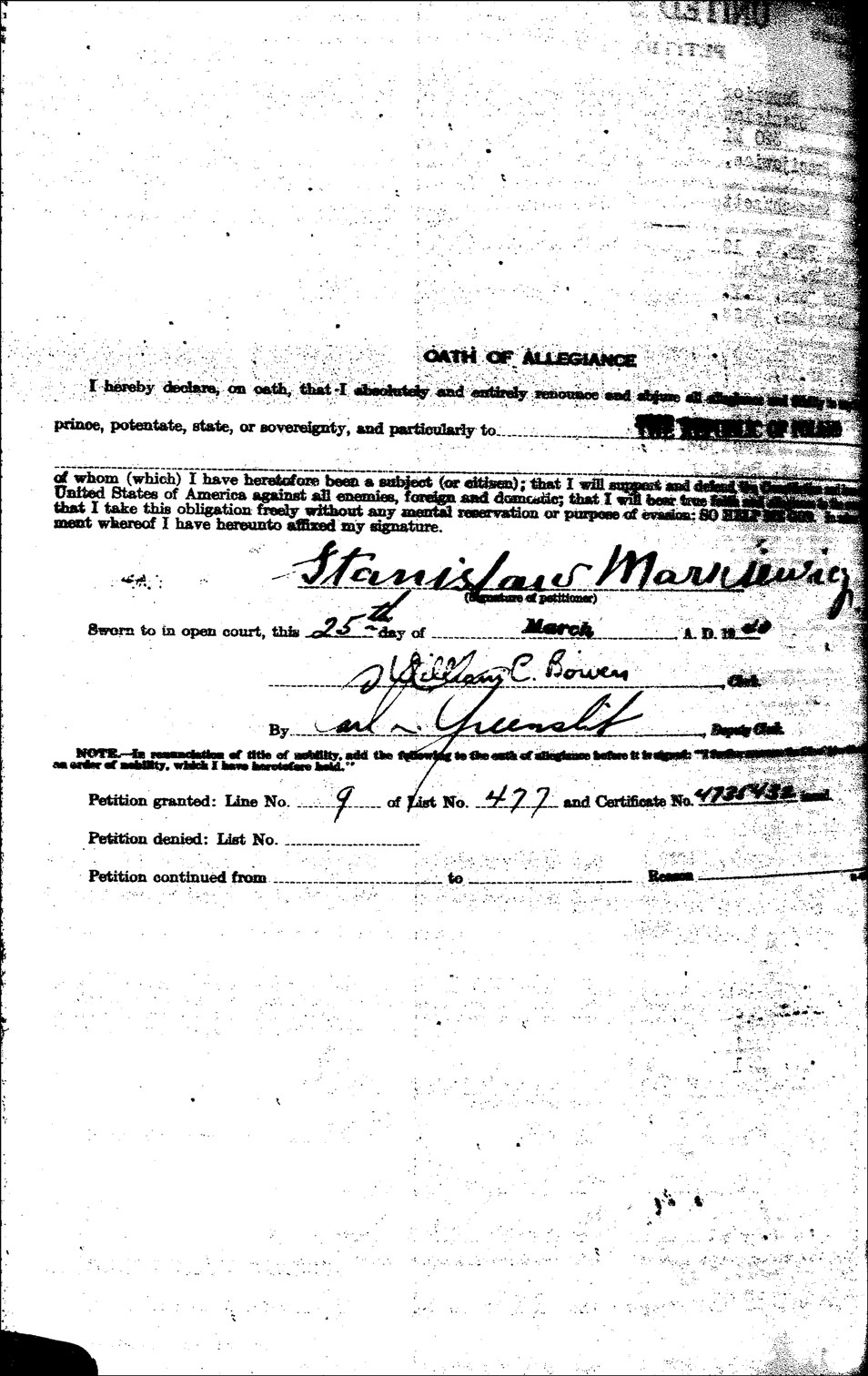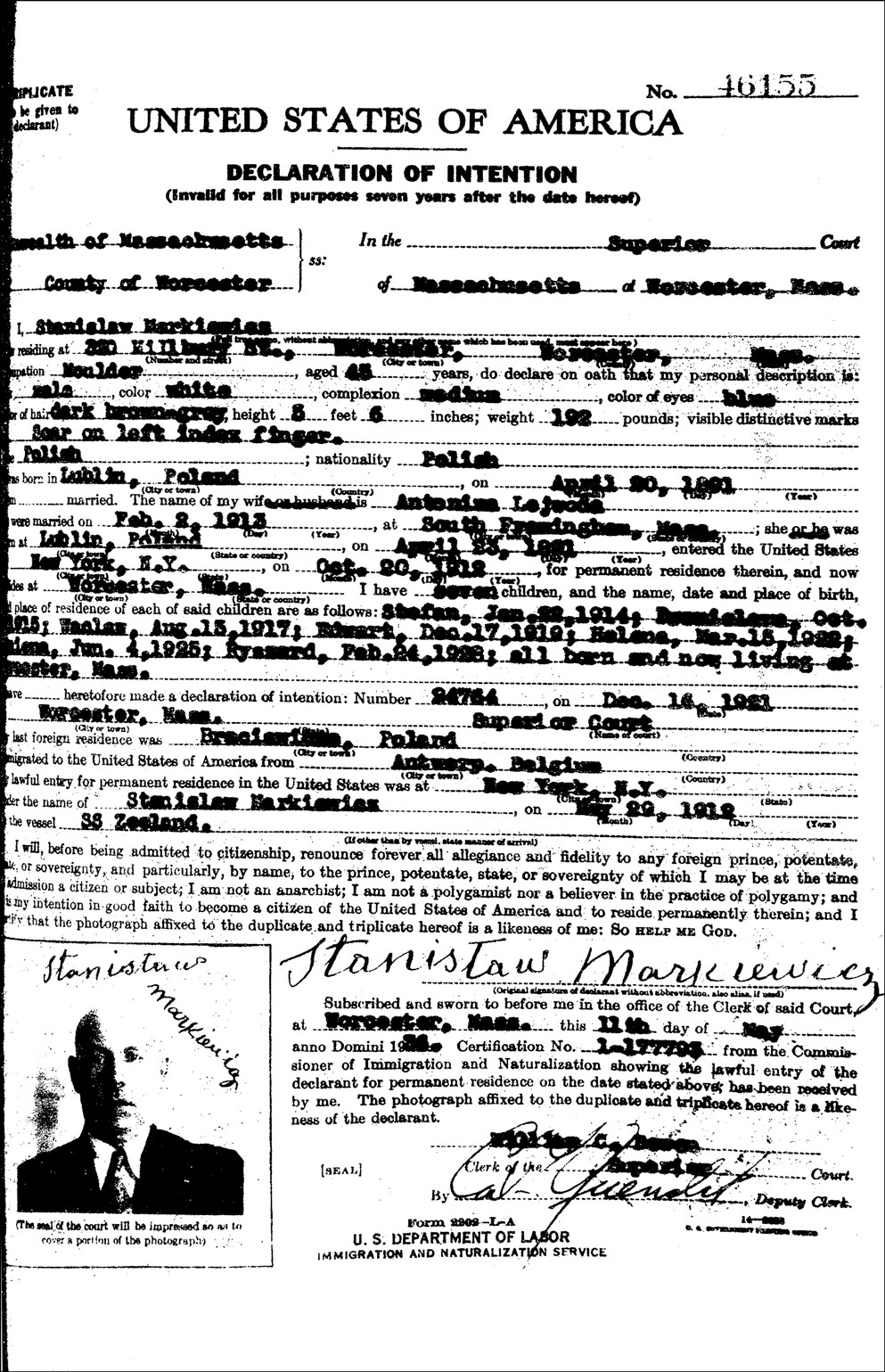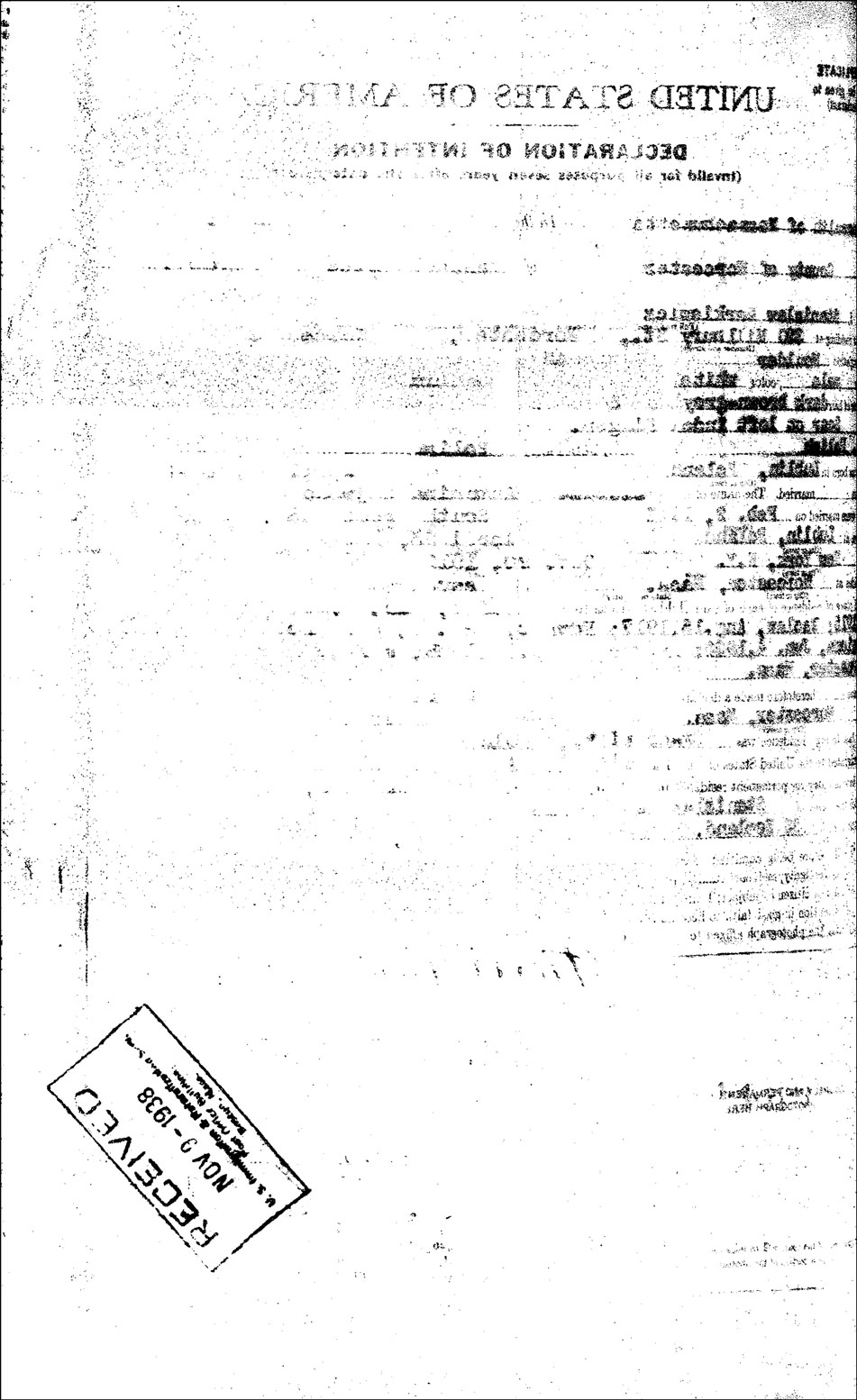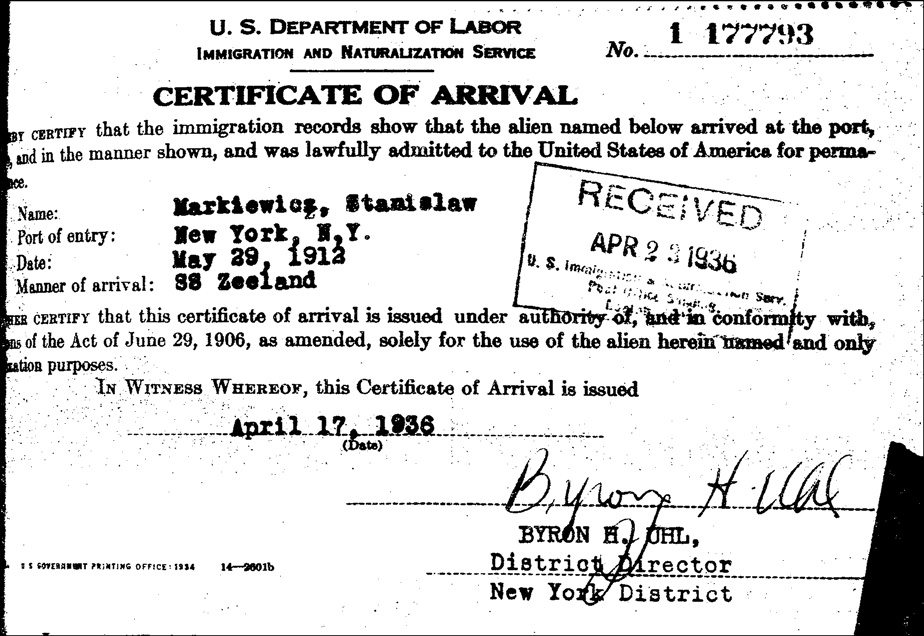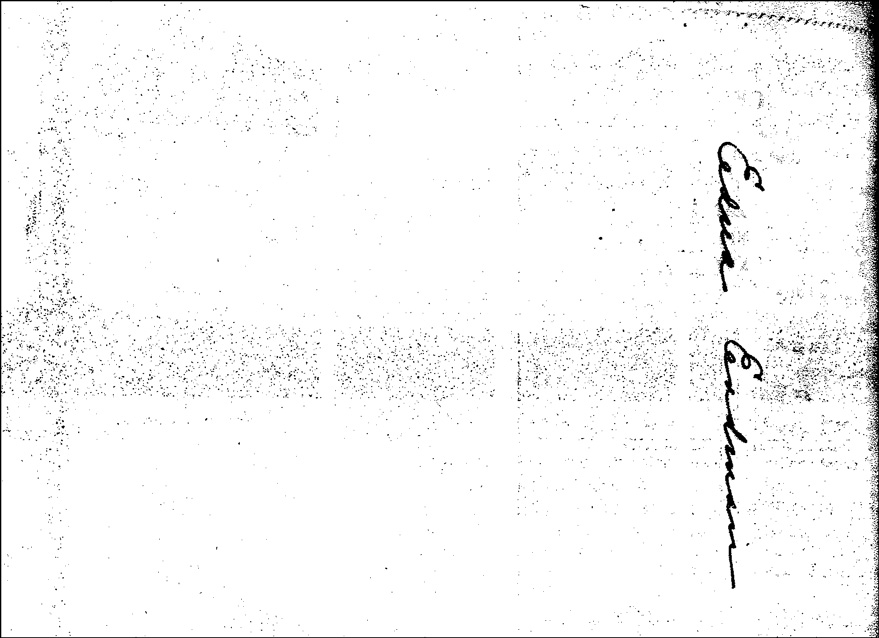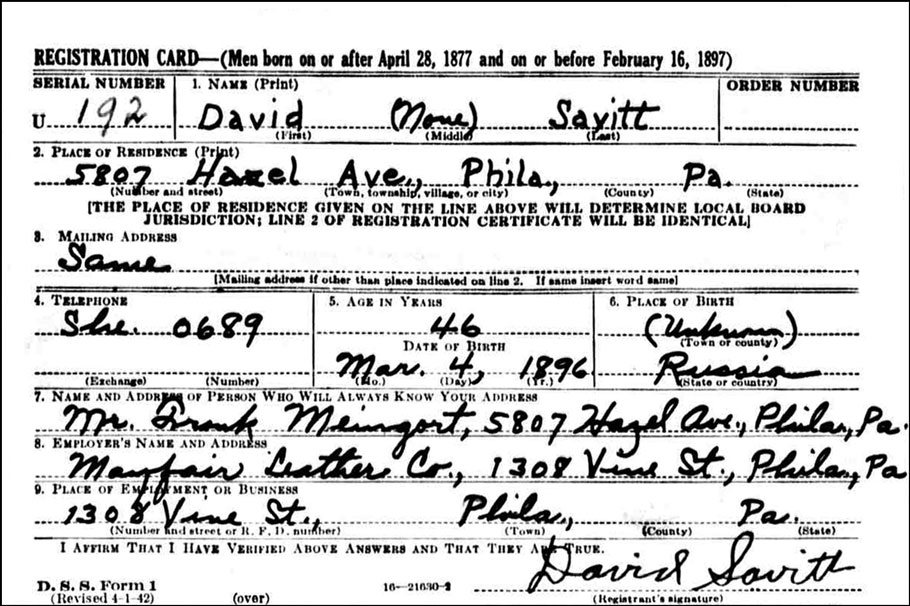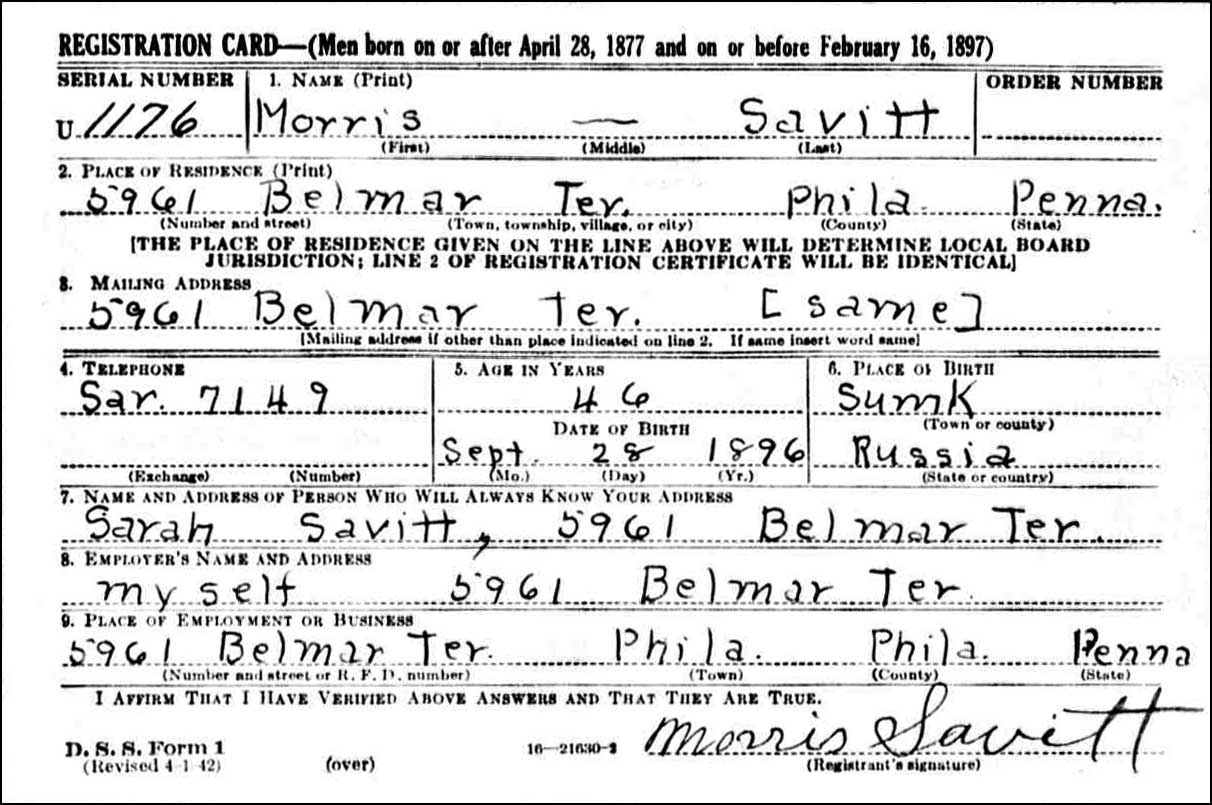With all the research I’ve conducted on the family of Jan Savitt over the past 12 days, I thought I’d put it all together to write a bit of a biography of the family . In addition to the information I’ve published on this Blog, I’ve read some biographical information published in books and reference materials and I’ve found some other data in online indexes, the census, and newspapers, so I have a good amount of background material.
THE FAMILY OF JOSEPH SARVETNICK
Joseph Sarvetnick was born in Shumsk, Russia . At the time Joseph lived there, Shumsk was located in the Volhynia Gubernia (Governate or Province) of The Russian Empire . Prior to January 23, 1793, this region was part of the Polish-Lithuanian Commonwealth, but was annexed to Russia during the Second Partition of Poland . Today, Shumsk is known as Shumskoye, located in the Ternopil’ Oblast (Province) of western Ukraine . Shumskoye is east of Poland, south of Belarus, and north of Romania.
The Sarvetnick family was Jewish and, in fact, most of the shtetl of Shumsk was Jewish at the time they lived there . In 1897, the population of Shumsk totaled 2258, 87% of whom were Jews.
Joseph Sarvetnick and Ida Steinberg were married in about 1891 and had five children, four of whom lived to adulthood . According to Joseph’s naturalization papers, Joseph was born on December 10, 1869, his wife Ida was born in August 1877, their son Morris was born on September 8, 1895, son David was born on April 2, 1901, son William was born on April 9, 1903, and son Jacob was born on July 4, 1908 . All were presumably born in Shumsk, Russia . These dates may be only estimates, however . Nearly every official document lists a different date of birth for the members of Joseph Sarvetnick’s family.
Joseph immigrated to America on the S.S. Kaiserin Auguste Victoria, departing from Hamburg on November 23, 1906 and arriving in New York on December 10, 1906 . Upon arriving in New York, Joseph traveled to Philadelphia, where he stayed with his brother Isaac Sarvetnick.
The rest of the family probably immigrated to America in 1909, but the details of their immigration are not known . Joseph may have traveled back to Shumsk and returned to Philadelphia with his family, or he may simply have sent for them after he had established himself in America . By 1920, the family had changed their surname to Savitt.
During the period from 1910 to 1930, Joseph worked as a maker of feather dusters, as a dealer (?) and as a motor mechanic in a motor brushes manufacturing factory . By 1920, the family owned their own home in Philadelphia.
Morris Sarvetnick (Morris Savitt)
Morris married a woman named Sarah . Sarah was born in about 1899-1900 in Russia .  Between 1910-1930, Morris worked variously as a manufacturer of feather dusters, as a shoe worker in a shoe factory, and as a cutter in a meat store . The couple raised three children:  Thelma (or Tillie) born in about July 1918, Lillian born in about 1920-1921, and Robert, born in about 1926-1927, all in Pennsylvania.
David Sarvetnick (David Savitt)
David married Hilda V. Joffe .  David was born In Shumsk, Russia on April 15, 1898 or 1899 or 1900 and died on October 6, 1964 . Hilda was born on July 5, 1912 in Rochester, New York and died on August 26, 2000 . From 1920-1930 David worked as a cutter and as a salesman in wholesale dresses . David and Hilda had two sons, both born in Pennsylvania.
William Sarvetnick (William Savitt)
William married Mildred Elizabeth Lehrman . Mildred was born on July 21, 1917 in New Mexico .  Between 1920-1930, William worked as a salesman in a department store and as a salesman in wholesale shoes .  William and Mildred had a son, Richard William, who was born on December 16, 1943 in Los Angeles, Los Angeles Co., California . Richard died on February 26, 2006 in Visalia, Tulare Co., California.
Jacob Sarvetnick (Jan Savitt)
Although some official documents list Jacob’s birthdate as September 4, 1913, he was most certainly born before 1910, probably about 1908 . Biographies often list his birthplace as Petrograd (St. Petersburg), Russia, but it’s more likely that he was born in Shumsk, Russia, where his parents and brothers were born.
By 1930, Jacob went by the name of Jay Savitt, and later he adopted the name Jan Savitt . He studied violin at the Curtis Institute of Music in Philadelphia from 1924 to 1930 with Carl Flesch and Richard Hartzer .  According to the 1930 Census, he was working as a musician in an Orchestra, probably the Philadelphia Orchestra where he played under the direction of Leopold Stokowski.
According to The Big Bands by George Thomas Simon (Shirmer Books, New York, 1981), Jan organized The Savitt String Quartet and won the Philharmonic Society’s Gold Medal Award as well as a radio series on CBS . He was hired to be the musical director at Philadelphia radio station WCAU, and later he was hired by the Philadelphia radio station KYW.
In 1937, Jan formed the popular band The Top Hatters, playing at hotels and ballrooms . The band played with a distinctive beat called a shuffle rhythm, designed around a piano playing at double time . On April 7, 1940, Jan married his wife Barbara in New York City . Â The couple had two children.
Jan Savitt and His Top Hatters continued to play around the country, gaining great popularity . In addition to playing instrumentals, the band employed the talented singers Carlotta Dale and Bon Bon (George Tunnell) . Bon Bon was one of the first African Americans to work with a white band . Later, the budding movie star Gloria DeHaven performed with the band . In 1944, Jan increased the size of his orchestra and went on tour with Frank Sinatra.
In his career, Jan Savitt played the violin professionally, worked for two radio stations, conducted his own orchestras, and wrote his own music, including Moonrise (1937), 720 in the Books (1939), and It’s a Wonderful Life (1941) . In 1939, Jan Savitt’s recording of 720 in the Books reached #17 in the popular music charts . In 1940, his recording Make Believe Island reached #8 in the charts . Recordings of the music of Jan Savitt and His Top Hatters are readily available on CD today . If that weren’t enough for one career, Jan Savitt also made a couple of movies, including High School Hero (1946) and That’s My Gal (1947).
On October 4, 1948, while on tour in Sacramento, California, Jan Savitt died of a cerebral hemorrhage at the age of 40.
Copyright © 2006 by Stephen J. Danko

